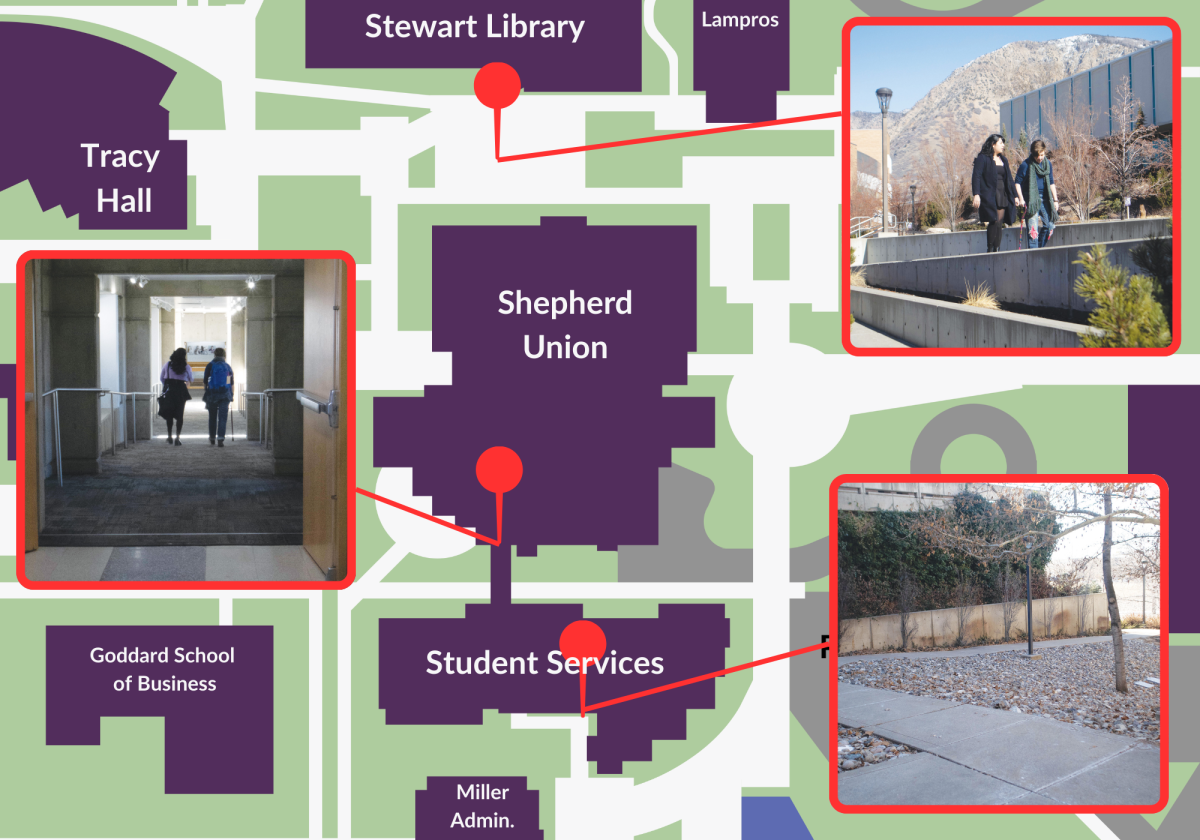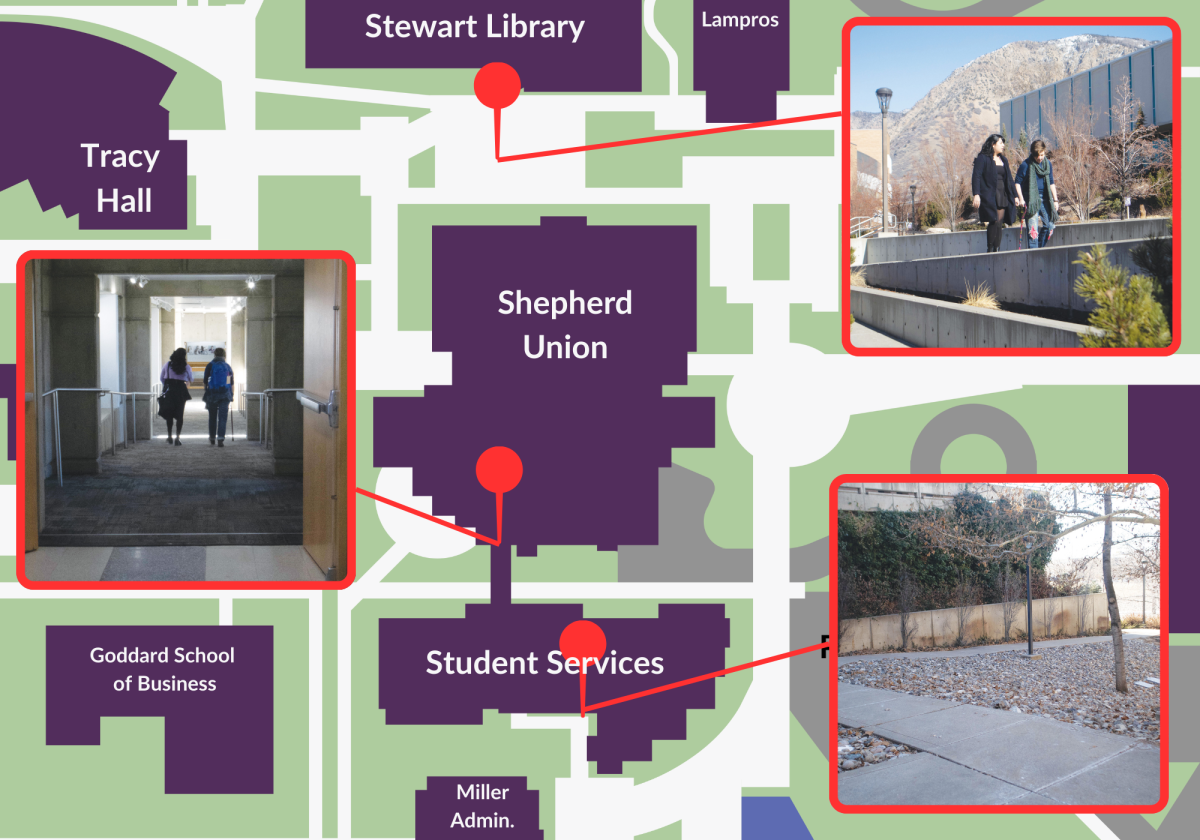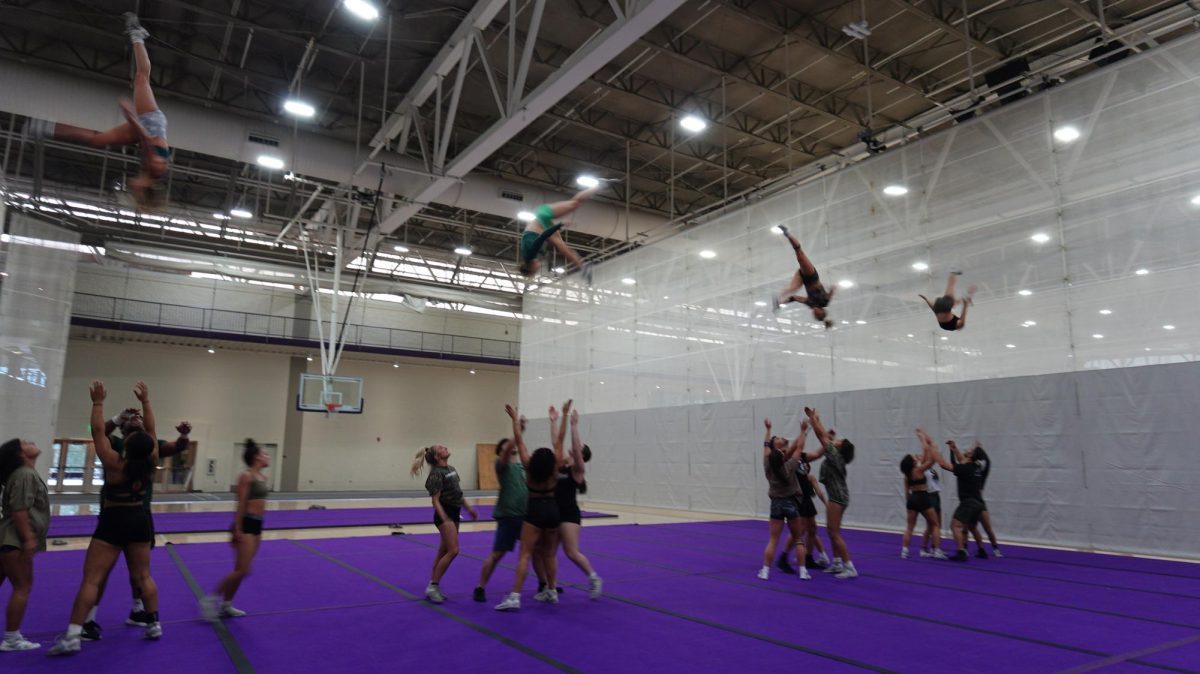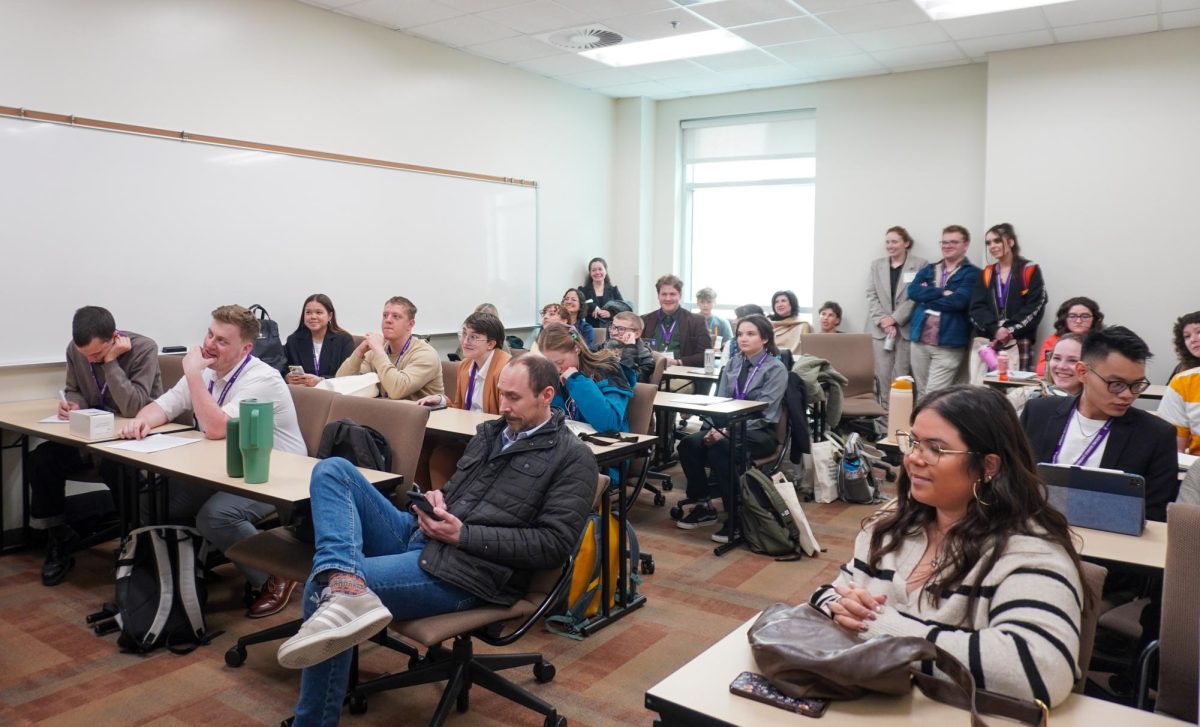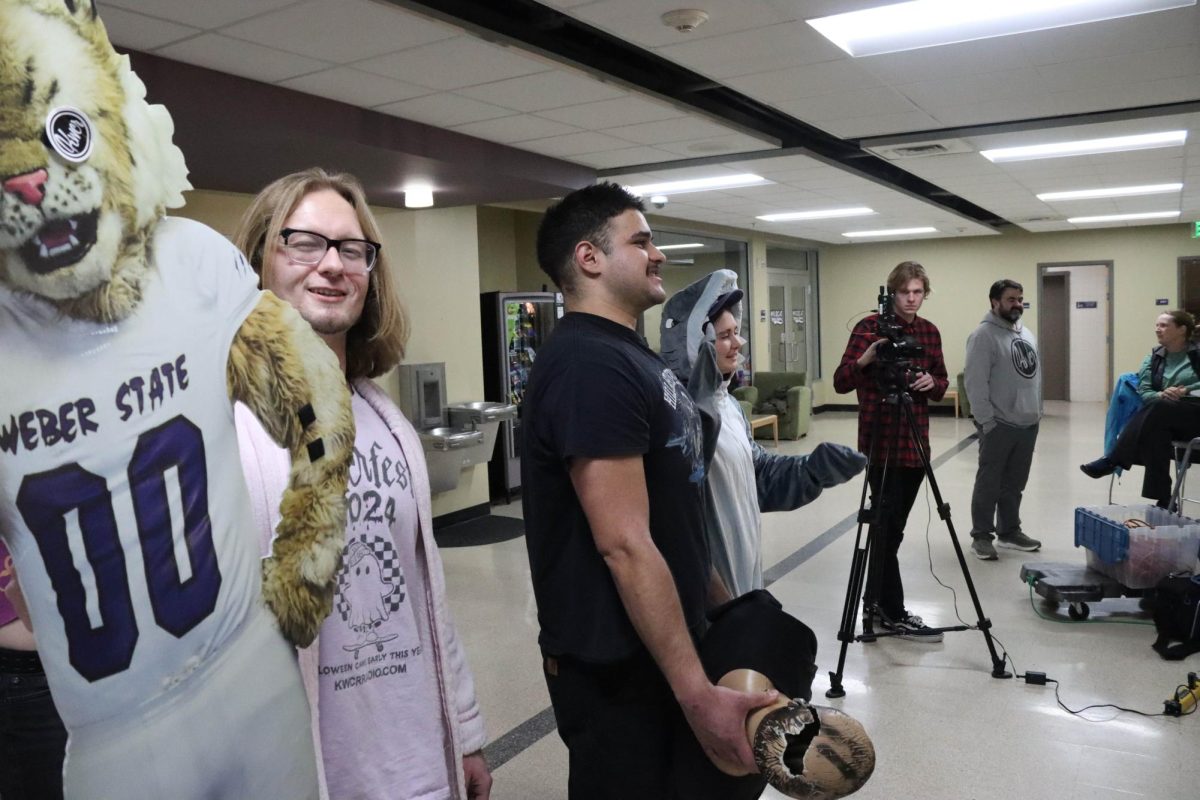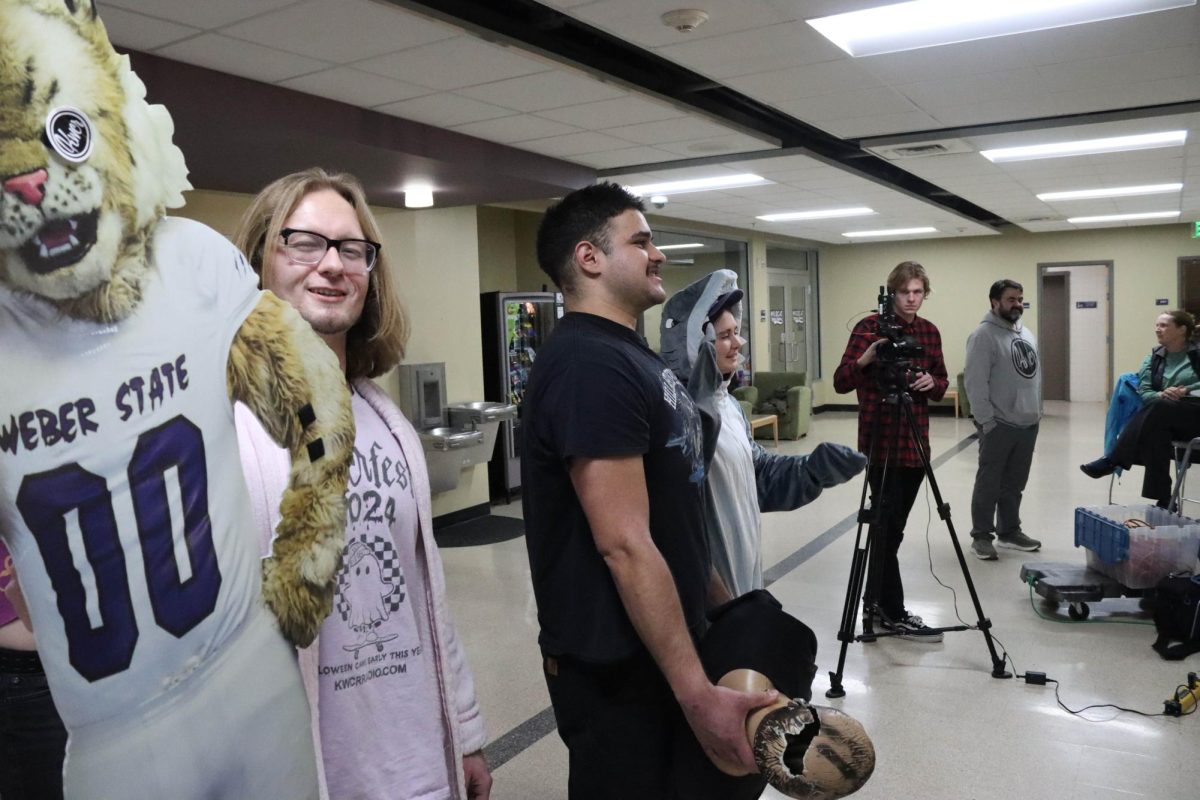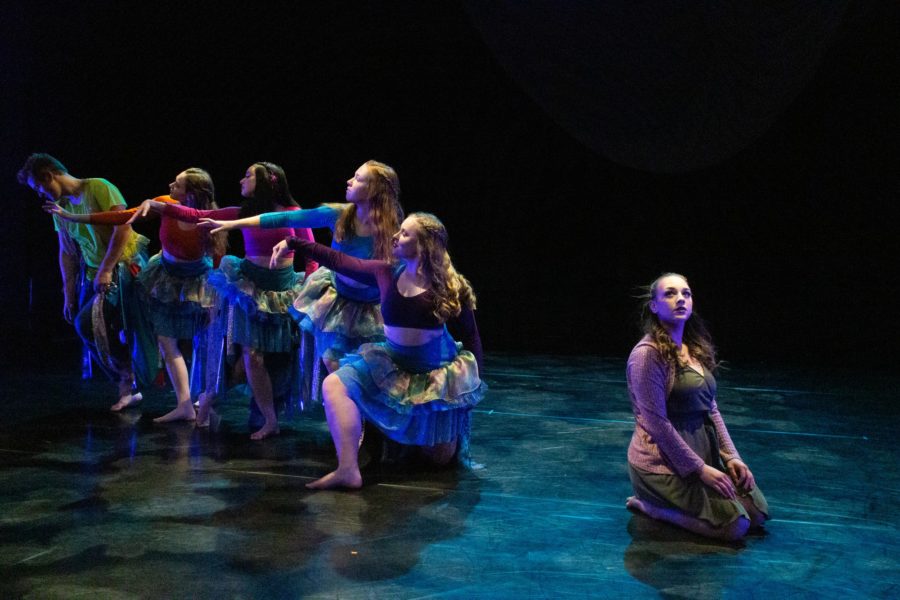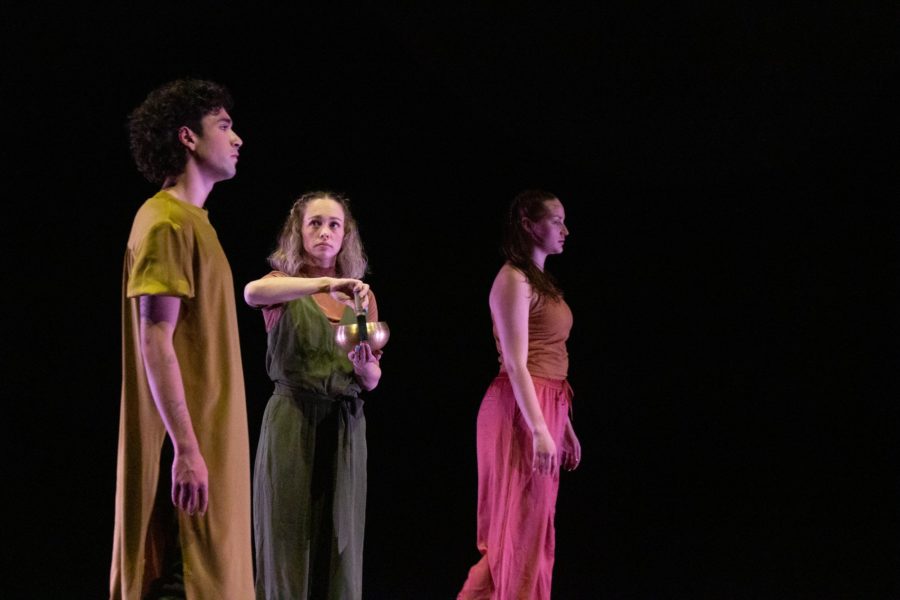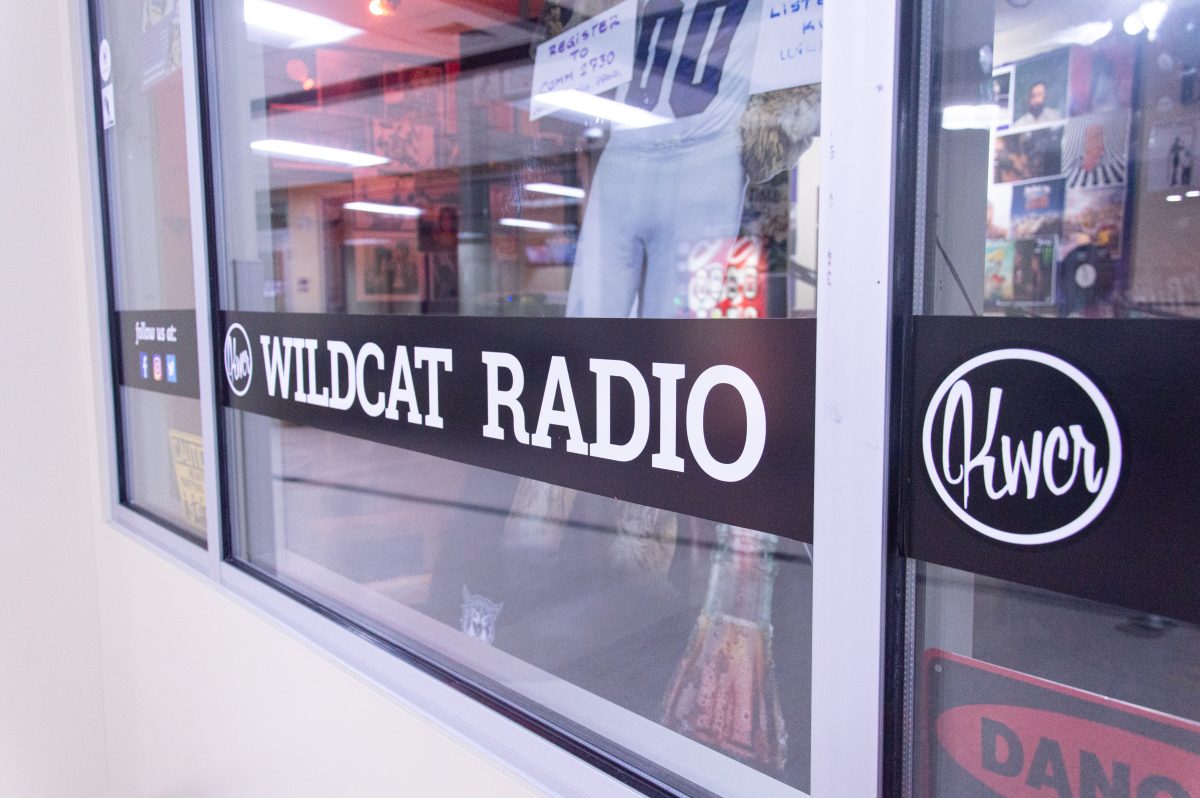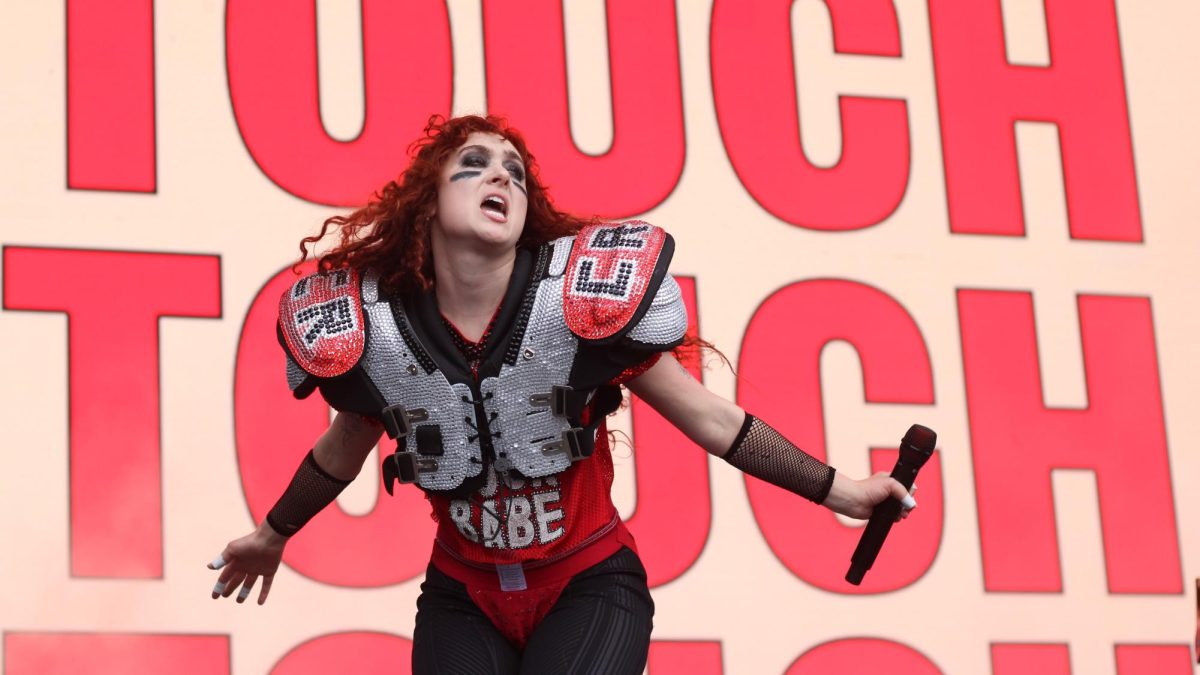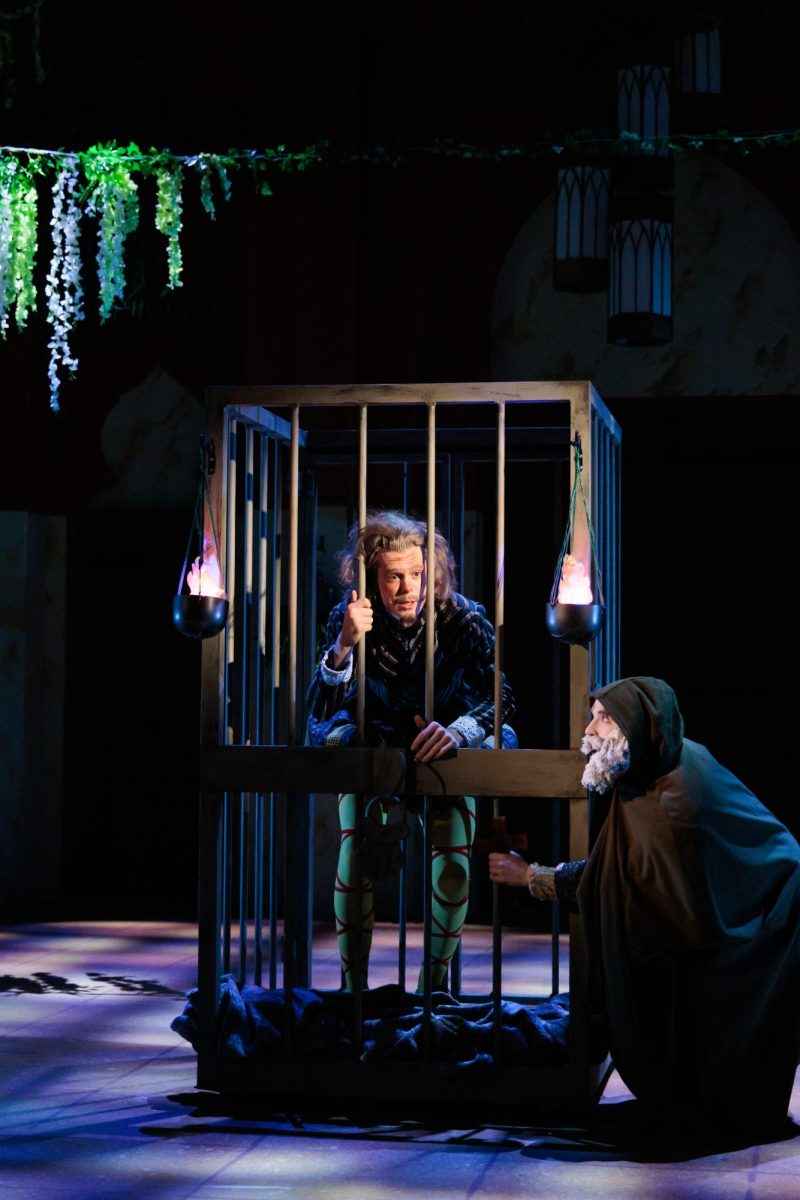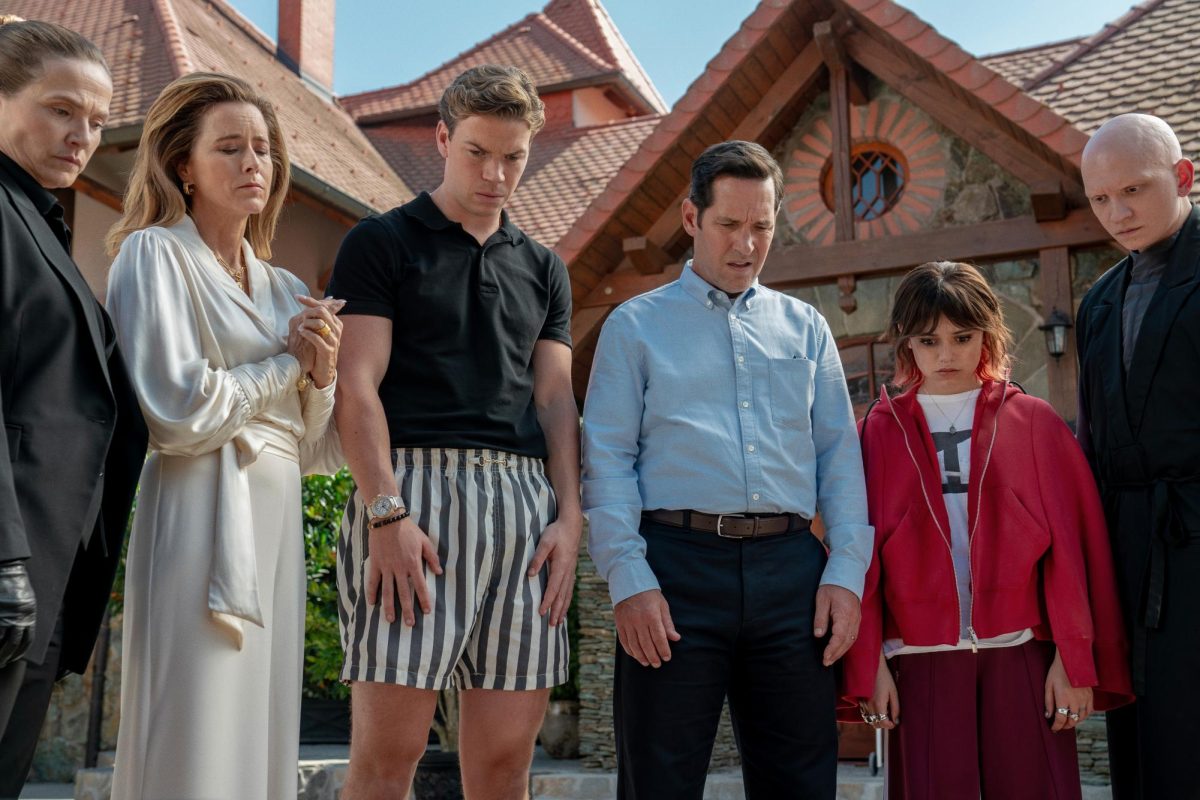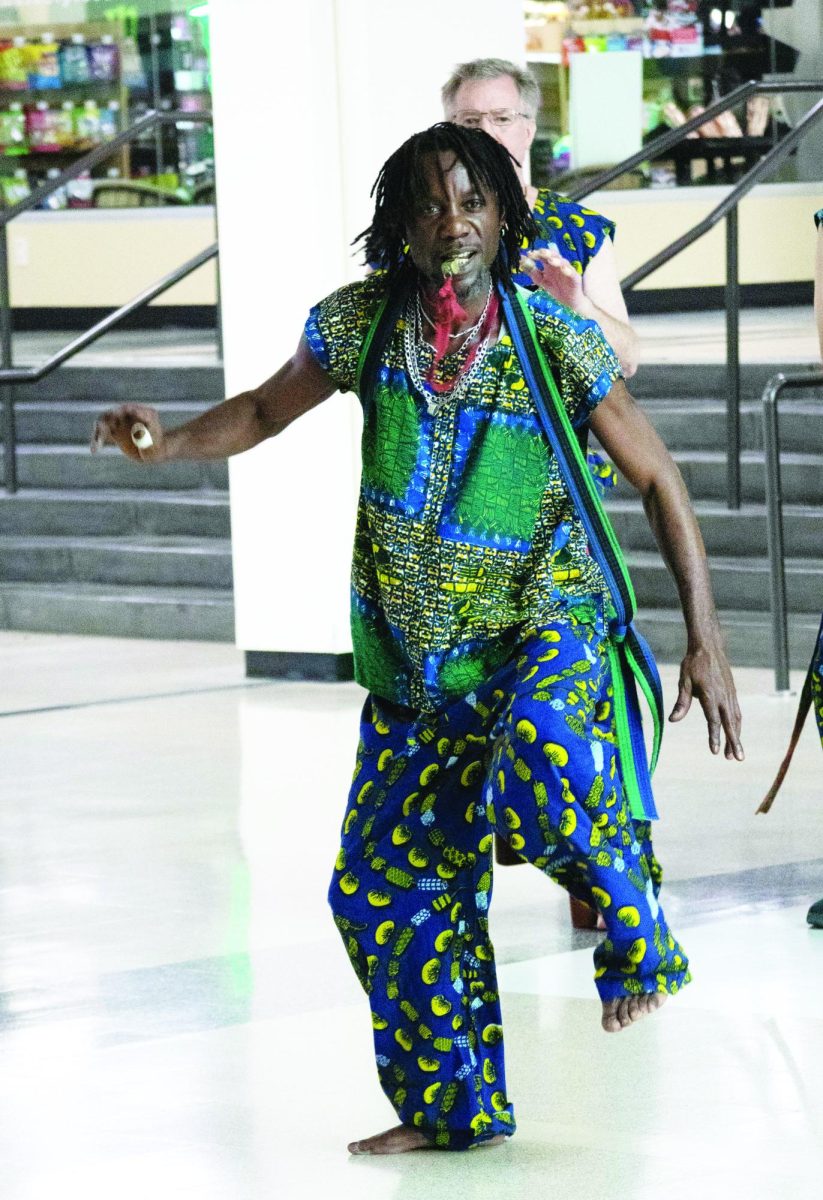Flags spun over the tops of cars and the sun glinted off brass horns as over 20 high school marching bands prepared in the parking lot of Weber State University’s Stewart Stadium.
“This is fun way to be outgoing,” said Shakell Richards, a senior member of the Mountain Crest High School color guard. “You meet new people, and then travel around the state together.”
Twenty-one high school bands performed alongside WSU’s own marching band Tuesday at the Weber State Marching Band Review 2011. Bands arrived all afternoon and could be seen all around and inside the stadium, watching, preparing and performing.
“This is where we learn what class we’ll be competing in,” said Richards. “For the rest of the season, we’ll have a competition basically every Tuesday and Saturday.”
Tanner Thorsen, of Provo, Utah, works part-time as a drumline instructor at Provo High School.
“I go to school at BYU, and this is the greatest part-time job ever,” Thorsen said. He has been working with the student percussionists for four years, and this year is in charge of 19 students. Every year, Thorsen accompanies his band to a university he’d “heard very little of before.”
“Weber’s review is not really a contest,” Thorsen said. “It’s more of a situation where you say, ‘let’s see how prepared you are to start the year.’ It’s more of a review, really.”
Provo High School’s band, like others across the state, starts its season with the WSU Review.
“From September through November, there’s at least one (competition) a week,” Thorsen said. “This is our first one, and we usually take one big trip out to California. It gets busy.”
For many band members, the Weber Review is a chance to get critical attention from a qualified staff of judges before starting other awards-based contests.
“We get a DVD back of our performance,” said Neal Sessions of Mountain Crest High School. Sessions plays a mellophone, the marching equivalent of the French horn. “The judges tell us what we can improve on. Even though we don’t get scored, they tell us, ‘you need to fix this, you need to fix that.’”
Each high school performs a thematic routine set to around 12 minutes. Each routine contains music combined with matching marching patterns, some of which can be very difficult, according to Carlton Nielson, a senior tuba player from Bingham High School.
“Our marching’s hard this year,” Nielson said. “The visuals are really difficult. Playing is fun, but when you have the hard visuals, the show gets really tough.”
Bingham High School’s show is called “Sunrise, Sunset,” and the band’s choreography takes them from one corner of the field at the beginning of their sets to the far opposite corner at the end, mimicking the sun’s pattern. The show’s difficult visuals took many hours of after-school practice for Nielson and his fellow students.
“The worst visual this year is one we call ‘the zipper move,’” Nielson said. “We’re all in one line, and we have to break apart like a zipper into two lines, and we’re all on different steps. You start to look at other people’s feet, and it throws you off.”
Nielson, originally a flute player, switched to the sousaphone, the largest instrument on the field. He hopes that the judge’s comments will help Bingham High beat its rivals.
“It’s American Fork and Davis High this year,” Nielson said. “They’re our stiffest competition, and we’ll get to see what they’re doing.”




